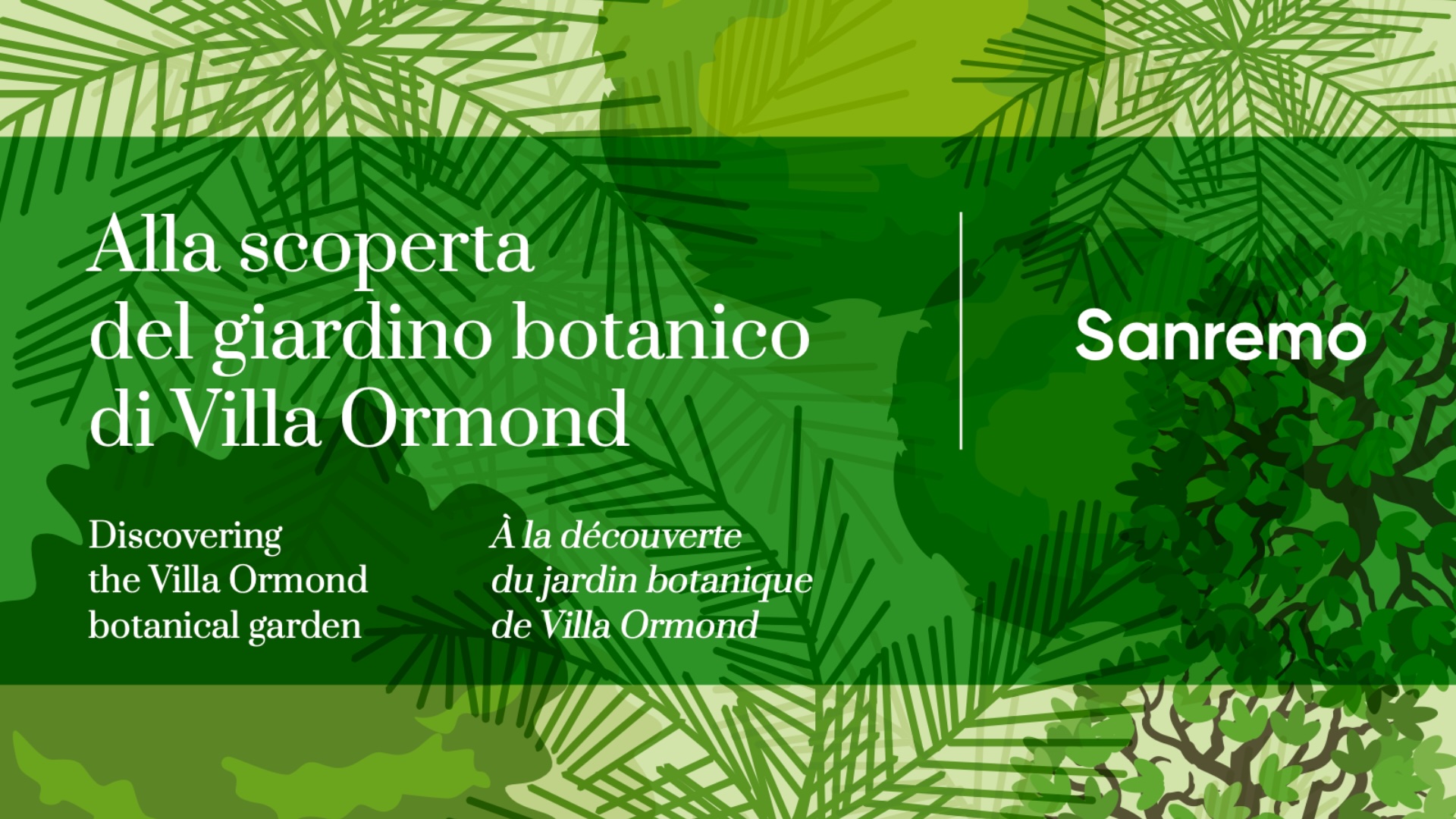The generic term Butia is the name assigned by the botanist Barbarosa Rodrigues, Director of the Botanical Garden of Rio de Janeiro and is the Portuguese transformation of the Brazilian vernacular name mbotià, which means thorny or notched and is meant to indicate petioles armed with strong thorns. The specific epithet capitata comes from the Latin capit = head, in relation to the crown of arched and very dense leaves that form a beautiful rounded and compact foliage.
| Common Name | Brazil coconut, Wine palm, Apricot palm. |
| Origin | It grows mainly in subtropical and warm temperate areas of South America. It is found in areas from southern Brazil down to Paraguay and Uruguay. Some species prefer forested coastal regions, while others grow well on highlands. |
| Description | Solitary stipe, which can reach 6-8 meters, greeyish in colour, retaining remnants of the bases of old leaves. The petiole is stout and garnished at the base by crossed fibers, which turn into upwardly oriented black spines to the first pinnules. The latter are elegantly arched, greay-green, glaucescent and waxy on the underside. Monoecious palm, with interleaved inflorescences, enclosed in glaucescent, smooth, highly branched spathes, with unisexual yellow flowers; female flowers are at the base of the inflorescence, while male flowers are at the apex. The fruits, ovoid in shape, are variable in colour from yellow to orange-red, fragrant and have a bittersweet taste. They are edible and contain pectin, so widely used to make jams, as well as alcoholic beverages (Rum). They are bittersweet, pulpy and are eaten fresh. Edible oil can be extracted from the seeds. The specimens in Villa Ormond gardens were planted in 1995. |

